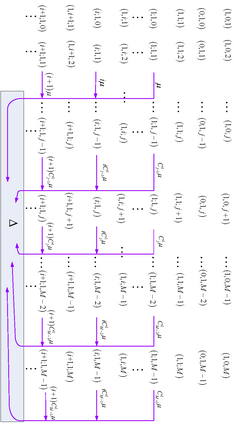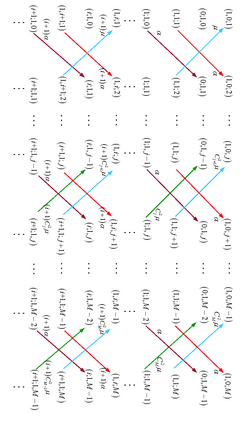Note that the serial structure of blockchain has many essential pitfalls, thus a data network structure and its DAG-based blockchain are introduced to resolve the blockchain pitfalls. From such a network perspective, analysis of the DAG-based blockchain systems becomes interesting and challenging. So, the simulation models are adopted widely. In this paper, we first describe a simple Markov model for the DAG-based blockchain with IOTA Tangle by means of two layers of tips and internal tips' impatient connection behavior. Then we set up a continuous-time Markov process to analyze the DAG-based blockchain system and show that this Markov process is a level-dependent quasi-birth-and-death (QBD) process. Based on this, we prove that the QBD process must be irreducible and positive recurrent. Furthermore, once the stationary probability vector of the QBD process is given, we provide performance analysis of the DAG-based blockchain system. Next, we propose a new effective method for computing the average confirmation time of any arriving internal tip at this system by means of the first passage times and the PH distributions. Finally, we use numerical examples to check the validity of our theoretical results and indicate how some key system parameters influence the performance measures of this system. Therefore, we hope that the methodology and results developed in this paper can be applicable to deal with more general DAG-based blockchain systems such that a series of promising research can be developed potentially.
翻译:请注意, 块链链的序列结构有许多重要的陷阱, 因此, 数据网络结构及其基于 DAG 的块链结构会被引入一个持续时间的 Markov 进程来分析基于 DAG 的块链系统, 并显示这个 Markov 进程是一个依赖水平的准出生和死亡(QBD) 的进程。 基于这个网络, 我们证明QBD 进程必须不可改变和正重复。 此外, 一旦给出基于 IPA 的基于 IPA 的块链链的固定概率矢量, 我们就会通过两层小小小小小小和内部小小小端的不耐急连接行为来进行绩效分析。 然后, 我们提出一个新的有效方法来计算这个系统中任何到达的内部端的平均确认时间, 并显示这个马可依赖的准出生和死亡(QBD) 进程。 基于这个网络, 我们证明QBD 进程的进程必须是不可逆的, 并且是积极的重复的。 此外, 一旦给出了基于 QBD 进程的固定的载量, 我们就可以使用这个系统开发的、 和数字序列的系统 的, 将多少的 来显示我们这个系统 的 的 格式的 的系统, 我们的系统 将如何 。









